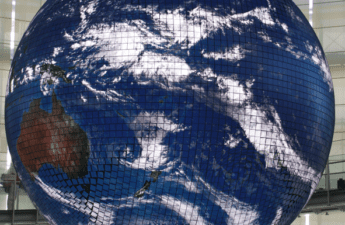The Wilson chamber or cloud chamber is a particle detector, which contributed to important particle physics discoveries.
Category: Environment
Visit to Miraikan
The Miraikan is a science museum in Tokyo, which shows emerging technologies and current science frontiers.
Standard Model of particle physics
The Standard Model was presented in 1970. It’s the result of many researches and discoveries in particle physics area since 1930.
Visiting Tierra del Fuego
I traveled to Argentina’s extreme south during winter and I met the natural beauties of Tierra del Fuego (Fireland).
Gravitational waves: what are they?
Gravitational waves are caused by big cosmic events. In this post, it’s explained what are they, how are produced and how they can be detected.
What is tidal locking?
Why the Moon is always facing the same side to Earth? The answer is tidal coupling or tidal locking and it is this post’s subject.
Cosmic rays: what are they?
The cosmic rays are a set of particles with high energy that arrives at Earth’s atmosphere every day, at speeds close to the light.
Phosphorus cycle: what is it and how does it work?
Phosphorus is one of the most important elements for living beings. The operation and importance of the phosphorus cycle are explained in this post.
pH: definition and importance
This post shows the concept of pH and its influence on the nitrogen cycle. This is a continuation of the previous post about Environment.
Nitrogen cycle: what is it and how it works?
This post subject is the nitrogen cycle, an important geochemical process for the survival of living beings inland and aquatic ecosystems.










